Grow Spinach at Home and unlock the secrets to fresh, vibrant greens right outside your door! Imagine stepping into your garden and harvesting crisp, delicious spinach leaves for your salad, smoothie, or favorite dish. No more trips to the grocery store for wilted, overpriced greens – just pure, homegrown goodness.
For centuries, spinach has been a staple in diets around the world, prized for its nutritional value and versatility. From ancient Persia, where it originated, to the kitchens of modern-day chefs, spinach has consistently proven its worth. But did you know that growing your own spinach is easier than you think?
In today’s fast-paced world, we’re all looking for ways to connect with nature, eat healthier, and save money. That’s where these DIY home gardening tricks come in. I’m going to show you simple, effective methods to grow spinach at home, even if you have limited space or gardening experience. Whether you have a sprawling backyard or just a sunny windowsill, you can enjoy the satisfaction of harvesting your own organic spinach. Let’s get started and transform your space into a thriving green oasis!
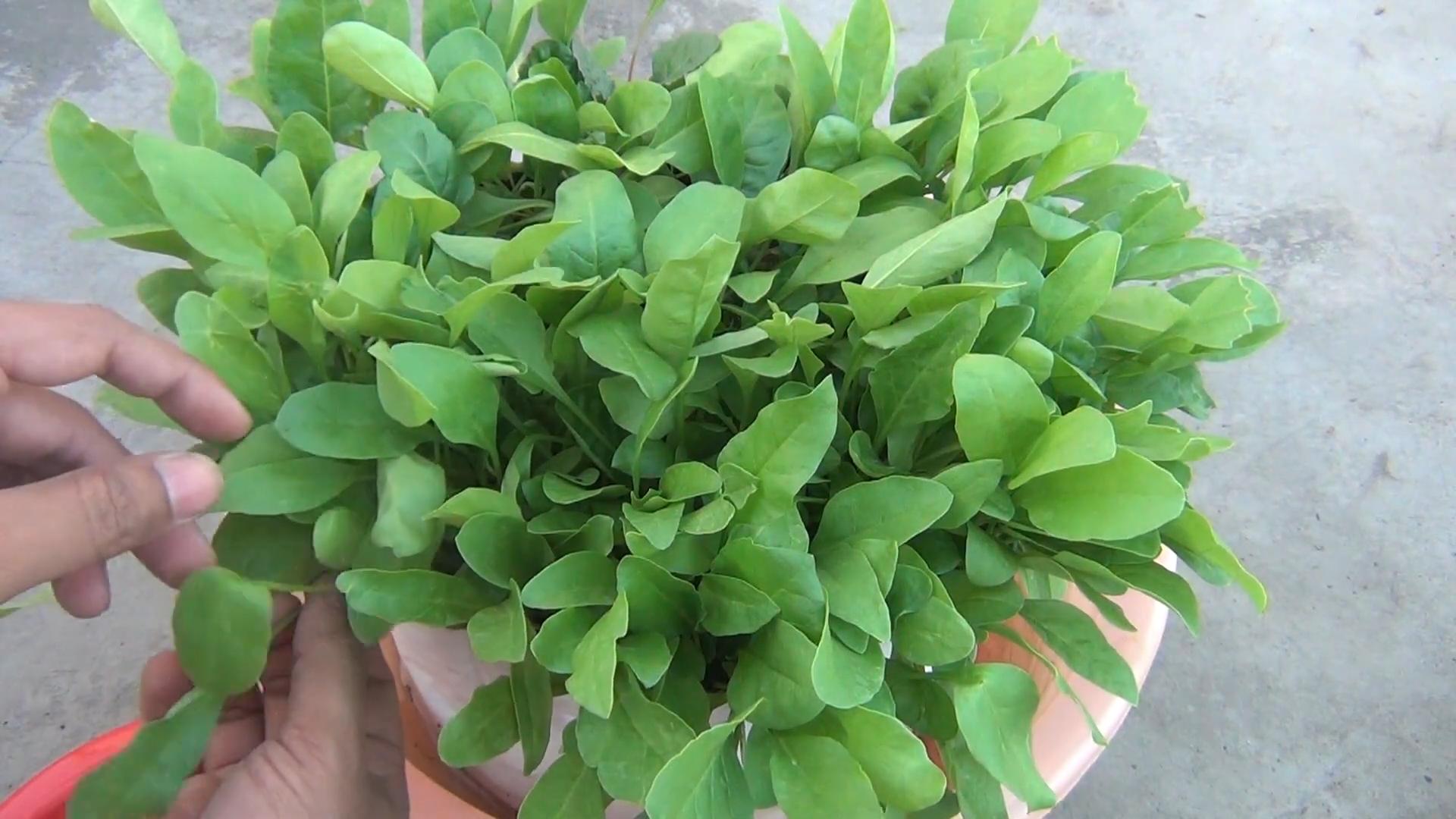
Grow Your Own Delicious Spinach: A Beginner’s Guide
Hey there, fellow gardening enthusiasts! I’m so excited to share my experience with growing spinach at home. It’s surprisingly easy, incredibly rewarding, and nothing beats the taste of fresh, homegrown greens. Plus, you’ll save money and reduce your trips to the grocery store. Let’s dive in!
Choosing the Right Spinach Variety
Before we get our hands dirty, let’s talk about spinach varieties. There are a few different types, and choosing the right one for your climate and growing conditions is key.
* Savoy Spinach: This type has crinkled, curly leaves and is known for its cold hardiness. It’s a great choice if you live in an area with cool springs or falls. Popular varieties include ‘Bloomsdale’ and ‘Melody’.
* Semi-Savoy Spinach: A good middle ground, semi-savoy spinach has slightly crinkled leaves and is more bolt-resistant than savoy types. ‘Tyee’ and ‘Regiment’ are excellent options.
* Smooth-Leaf Spinach: As the name suggests, this type has smooth, flat leaves. It’s easier to clean than savoy spinach and is often preferred for processing. ‘Space’ and ‘Malabar’ (though technically not a true spinach) are popular choices.
I personally prefer ‘Bloomsdale’ for its robust flavor and cold tolerance, but feel free to experiment and find what works best for you!
Preparing Your Spinach Bed
Spinach thrives in well-drained soil that’s rich in organic matter. Here’s how I prepare my spinach bed:
* Sunlight: Spinach needs at least 3-6 hours of sunlight per day. Morning sun is ideal, as it helps to dry the leaves and prevent fungal diseases.
* Soil: Test your soil’s pH. Spinach prefers a slightly acidic to neutral pH of 6.5 to 7.0. You can amend your soil with lime to raise the pH or sulfur to lower it.
* Amendments: Incorporate plenty of compost or well-rotted manure into the soil. This will improve drainage, add nutrients, and help retain moisture. I usually add about 2-3 inches of compost per square foot.
* Drainage: Ensure your soil drains well. Spinach doesn’t like to sit in soggy soil, which can lead to root rot. If your soil is heavy clay, consider adding sand or perlite to improve drainage.
* Weed Removal: Clear the area of any weeds, rocks, or debris. Weeds compete with spinach for nutrients and water, so it’s important to get rid of them before planting.
Sowing Spinach Seeds
Now for the fun part – planting! Spinach is a cool-season crop, so the best time to plant it is in early spring or early fall.
1. Timing: In the spring, sow seeds as soon as the soil can be worked. In the fall, plant about 4-6 weeks before the first expected frost. I usually start my spring spinach in late March or early April, and my fall spinach in late August or early September.
2. Direct Sowing: Spinach is best direct-sown, meaning you plant the seeds directly into the garden bed. It doesn’t transplant well.
3. Spacing: Sow seeds about ½ inch deep and 1 inch apart in rows that are 12-18 inches apart.
4. Watering: Gently water the soil after planting. Keep the soil consistently moist until the seeds germinate.
5. Germination: Spinach seeds typically germinate in 5-10 days, depending on the soil temperature.
Caring for Your Spinach Plants
Once your spinach seedlings emerge, it’s important to provide them with proper care to ensure a bountiful harvest.
* Thinning: When the seedlings are about 2 inches tall, thin them to 3-6 inches apart. This will give them enough room to grow and prevent overcrowding. You can eat the thinned seedlings as microgreens!
* Watering: Water regularly, especially during dry periods. Spinach needs consistent moisture to thrive. Aim for about 1 inch of water per week.
* Weeding: Keep the area around your spinach plants free of weeds. Weeds compete for nutrients and water, so it’s important to remove them regularly.
* Fertilizing: Spinach is a heavy feeder, so it benefits from regular fertilization. I like to use a balanced organic fertilizer, such as fish emulsion or compost tea, every 2-3 weeks.
* Pest Control: Keep an eye out for pests, such as aphids, flea beetles, and leaf miners. You can control these pests with insecticidal soap, neem oil, or by handpicking them off the plants.
* Bolting Prevention: Bolting (when the plant sends up a flower stalk) is a common problem with spinach, especially in hot weather. To prevent bolting, choose bolt-resistant varieties, provide shade during the hottest part of the day, and water regularly.
Harvesting Your Spinach
The best part of growing spinach is, of course, harvesting it! You can start harvesting spinach leaves when they are about 4-6 inches long.
1. Timing: Harvest spinach in the morning, when the leaves are crisp and cool.
2. Method: You can harvest individual leaves or cut the entire plant at the base. I prefer to harvest individual leaves, as this allows the plant to continue producing.
3. Storage: Wash the spinach leaves thoroughly and store them in a plastic bag in the refrigerator. They will keep for about a week.
Troubleshooting Common Spinach Problems
Even with the best care, you may encounter some problems when growing spinach. Here are a few common issues and how to address them:
* Bolting: As mentioned earlier, bolting is when the plant sends up a flower stalk. This makes the leaves bitter and inedible. To prevent bolting, choose bolt-resistant varieties, provide shade, and water regularly.
* Yellowing Leaves: Yellowing leaves can be a sign of nutrient deficiency, overwatering, or disease. Make sure your soil is well-drained and that you are fertilizing regularly. If the problem persists, check for signs of disease.
* Pest Infestations: Aphids, flea beetles, and leaf miners can all damage spinach plants. Control these pests with insecticidal soap, neem oil, or by handpicking them off the plants.
* Downy Mildew: Downy mildew is a fungal disease that can cause yellow spots on the leaves. To prevent downy mildew, choose resistant varieties, provide good air circulation, and avoid overhead watering.
Extending Your Spinach Season
Want to enjoy fresh spinach for as long as possible? Here are a few tips for extending your spinach season:
* Succession Planting: Sow seeds every 2-3 weeks to ensure a continuous harvest.
* Cold Frames: Use cold frames or row covers to protect your spinach plants from frost and extend the growing season into the winter.
* Shade Cloth: Use shade cloth to protect your spinach plants from the hot summer sun and prevent bolting.
* Overwintering: In mild climates, you can overwinter spinach plants by protecting them with a thick layer of mulch.
Spinach Recipes to Enjoy
Now that you have a bountiful harvest of fresh spinach, it’s time to enjoy it! Here are a few of my favorite spinach recipes:
* Spinach Salad: A classic! Toss fresh spinach leaves with your favorite toppings, such as berries, nuts, cheese, and a vinaigrette dressing.
* Spinach and Artichoke Dip: A crowd-pleaser! Combine spinach, artichoke hearts, cream cheese, and Parmesan cheese for a delicious dip.
* Spinach Smoothie: A healthy and refreshing way to start your day! Blend spinach with fruits, yogurt, and juice for a nutritious smoothie.
* Spinach Quiche: A savory and satisfying dish! Combine spinach with eggs, cheese, and vegetables for a delicious quiche.
* Sauteed Spinach: A simple and flavorful side dish! Saute spinach with garlic, olive oil, and a pinch of salt and pepper.
Why Grow Your Own Spinach?
Growing your own spinach is not only easy and rewarding, but it also offers a number of benefits:
* Freshness: Homegrown spinach is much fresher and more flavorful than store-bought spinach.
* Cost Savings: Growing your own spinach can save you money on groceries.
* Health Benefits: Spinach is packed with vitamins, minerals, and antioxidants.
* Sustainability: Growing your own spinach reduces your carbon footprint and supports sustainable agriculture.
* Satisfaction: There’s nothing quite like the satisfaction of harvesting your own homegrown vegetables.
Final Thoughts
Growing spinach at home is a fantastic way to enjoy fresh, healthy greens while saving money and reducing your environmental impact. With a little
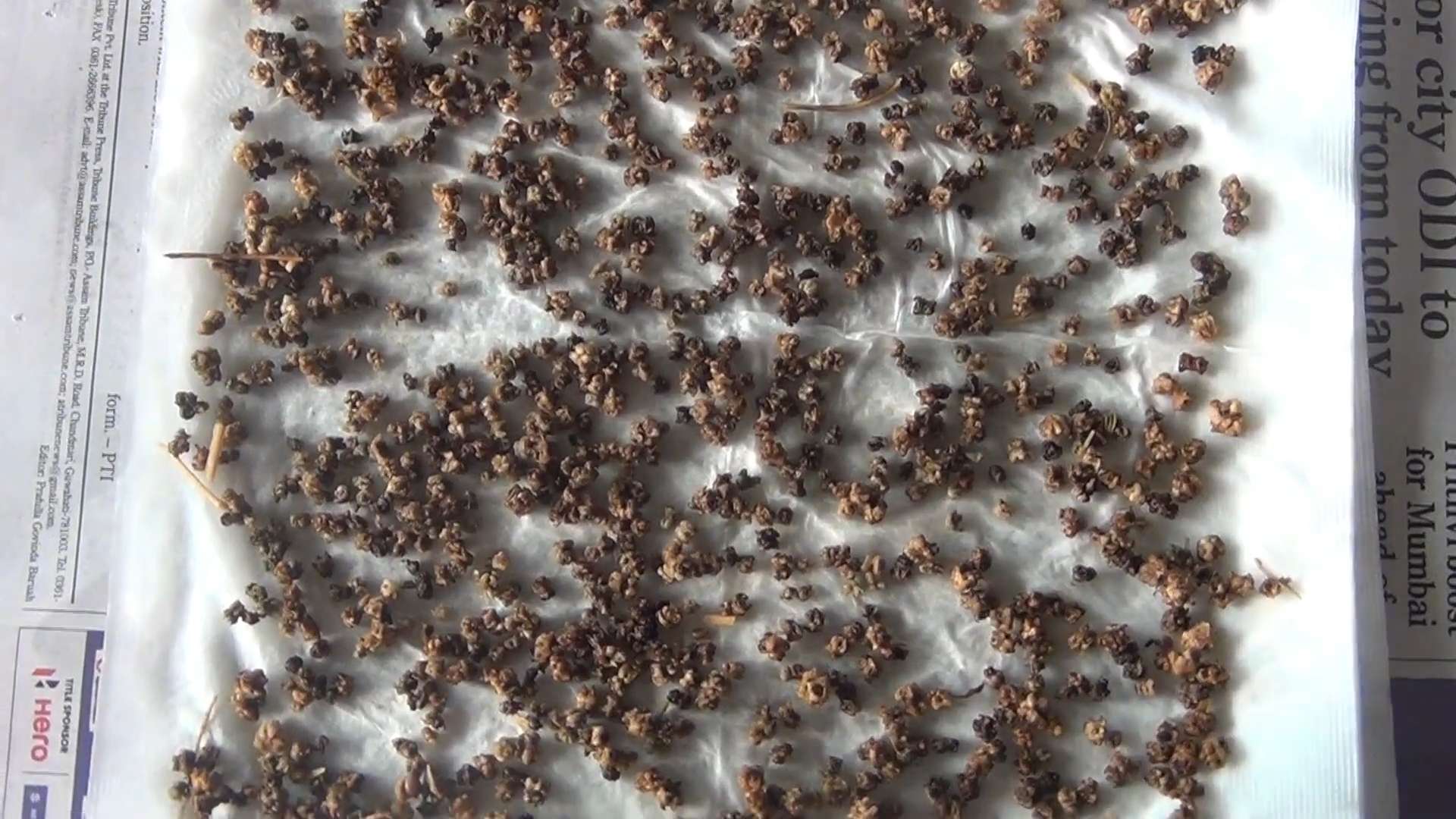
Conclusion
So, there you have it! Growing spinach at home is not only achievable, but it’s also incredibly rewarding. Forget those limp, pre-packaged greens from the supermarket. Imagine stepping out into your garden or onto your balcony and harvesting vibrant, crisp, and nutrient-packed spinach leaves whenever you need them. The taste difference alone is enough to convince anyone to give this a try.
But the benefits extend far beyond just flavor. By cultivating your own spinach, you’re taking control of what you eat. You know exactly what’s going into your food – no pesticides, no hidden chemicals, just pure, wholesome goodness. Plus, it’s a fantastic way to reduce your carbon footprint by minimizing transportation and packaging waste.
This DIY approach to growing spinach is a must-try for several reasons. First, it’s surprisingly easy, even for beginners. With just a few simple steps and readily available materials, you can transform a small space into a thriving spinach patch. Second, it’s incredibly cost-effective. Think about how much you spend on spinach each week. Over time, growing your own will save you a significant amount of money. Third, it’s a therapeutic and enjoyable activity. There’s something deeply satisfying about nurturing a plant from seed to harvest.
Ready to take your spinach game to the next level? Consider experimenting with different varieties. Try growing baby spinach for salads, or explore heirloom varieties for unique flavors and textures. You can also companion plant your spinach with other vegetables like radishes or lettuce to maximize space and deter pests. Another fun variation is to grow spinach indoors during the colder months, ensuring a year-round supply of fresh greens. If you have limited space, consider using vertical gardening techniques or hanging baskets to maximize your yield.
Don’t be intimidated if you’ve never gardened before. Growing spinach at home is a forgiving process, and even small successes can be incredibly motivating. The key is to start small, be patient, and learn from your experiences.
We wholeheartedly encourage you to give this DIY trick a try. It’s a simple, sustainable, and satisfying way to enjoy fresh, healthy spinach. Once you’ve harvested your first batch, we’d love to hear about your experience! Share your tips, tricks, and photos in the comments below. Let’s build a community of home spinach growers and inspire others to embrace the joys of homegrown goodness. What are you waiting for? Get planting!
Frequently Asked Questions (FAQ)
What is the best time of year to grow spinach?
Spinach is a cool-season crop, meaning it thrives in cooler temperatures. The ideal time to plant spinach is in early spring or early fall. In spring, aim to plant as soon as the ground can be worked, typically a few weeks before the last expected frost. For a fall harvest, plant spinach about 6-8 weeks before the first expected frost. In regions with mild winters, you may even be able to grow spinach throughout the winter months. Avoid planting spinach during the heat of summer, as high temperatures can cause it to bolt (go to seed) prematurely, resulting in bitter-tasting leaves.
What kind of soil is best for growing spinach?
Spinach prefers well-drained soil that is rich in organic matter. The ideal soil pH is between 6.5 and 7.0. Before planting, amend your soil with compost or well-rotted manure to improve its fertility and drainage. If your soil is heavy clay, consider adding sand or other amendments to improve drainage. Spinach also benefits from a soil that retains moisture, so mulching around your plants can help keep the soil consistently moist.
How much sunlight does spinach need?
Spinach needs at least 3-6 hours of sunlight per day. While it can tolerate some shade, especially during the hottest part of the day, insufficient sunlight can result in leggy plants with smaller leaves. If you’re growing spinach indoors, provide it with supplemental lighting, such as grow lights, to ensure it receives enough light.
How often should I water spinach?
Spinach needs consistent moisture to thrive. Water your spinach plants regularly, especially during dry periods. Aim to keep the soil consistently moist, but not waterlogged. Overwatering can lead to root rot, so be sure your soil is well-draining. A good rule of thumb is to water deeply whenever the top inch of soil feels dry to the touch. Mulching around your plants can help retain moisture and reduce the need for frequent watering.
What are some common pests and diseases that affect spinach?
Spinach can be susceptible to several pests and diseases, including aphids, leaf miners, flea beetles, and downy mildew. To prevent pest and disease problems, practice good garden hygiene. Remove any weeds or debris that can harbor pests or diseases. Inspect your plants regularly for signs of infestation or disease. If you spot pests, try spraying them off with a strong stream of water or using insecticidal soap. For diseases, remove affected leaves and improve air circulation around your plants. Crop rotation can also help prevent soilborne diseases.
How do I harvest spinach?
You can begin harvesting spinach leaves as soon as they are large enough to eat, typically when they are about 4-6 inches long. Harvest the outer leaves first, leaving the inner leaves to continue growing. You can either cut the leaves with scissors or gently snap them off at the base of the plant. Avoid harvesting more than one-third of the plant at a time to allow it to continue producing. Regular harvesting encourages the plant to produce more leaves.
How do I store harvested spinach?
To store harvested spinach, wash it thoroughly and remove any damaged or yellowing leaves. Pat the leaves dry with a clean towel or spin them in a salad spinner. Store the spinach in a plastic bag or container lined with a paper towel in the refrigerator. Spinach is best used within a few days of harvesting.
Can I grow spinach in containers?
Yes, spinach grows well in containers. Choose a container that is at least 6-8 inches deep and has drainage holes. Fill the container with a well-draining potting mix. Plant spinach seeds or seedlings according to the instructions on the seed packet or plant label. Water regularly and fertilize with a balanced fertilizer every few weeks. Place the container in a location that receives at least 3-6 hours of sunlight per day.
How do I prevent spinach from bolting?
Bolting is when spinach plants prematurely go to seed, which can make the leaves taste bitter. To prevent bolting, plant spinach in early spring or early fall, when temperatures are cooler. Choose bolt-resistant varieties of spinach. Provide your plants with consistent moisture and shade during the hottest part of the day. Harvest leaves regularly to encourage the plant to continue producing.
What are some good companion plants for spinach?
Spinach benefits from being planted alongside several other vegetables and herbs. Good companion plants for spinach include radishes, lettuce, carrots, onions, garlic, and chamomile. These plants can help deter pests, improve soil health, or provide shade. Avoid planting spinach near fennel, as it can inhibit its growth.

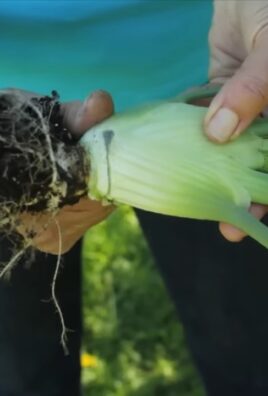
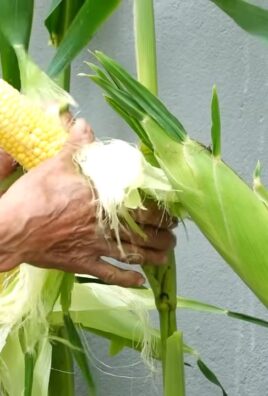
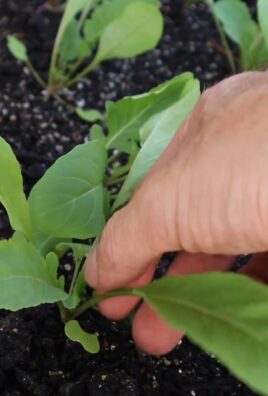
Leave a Comment